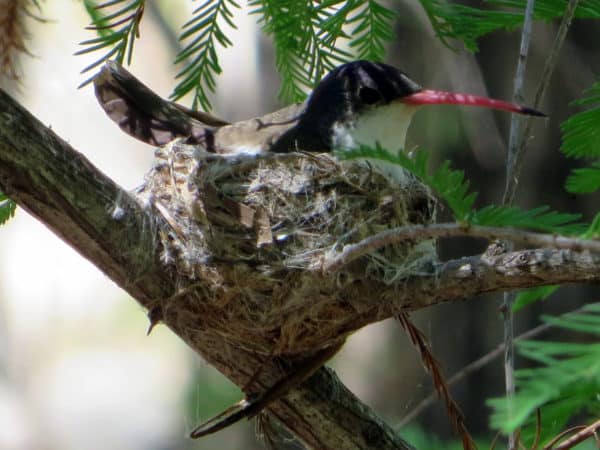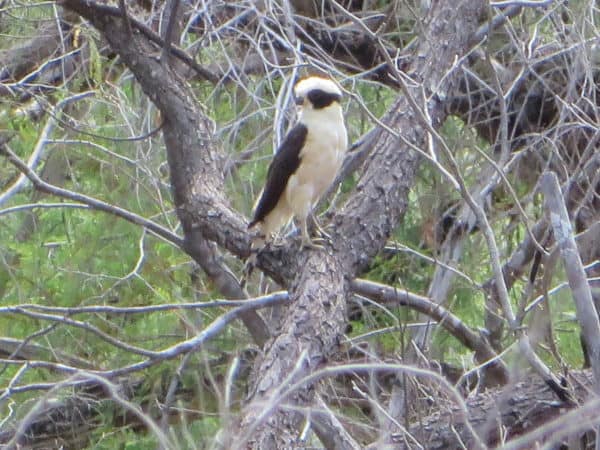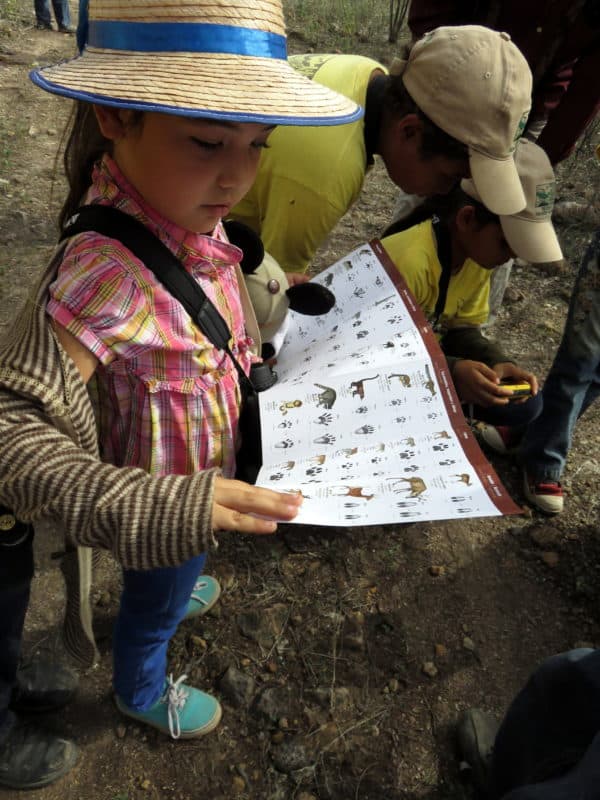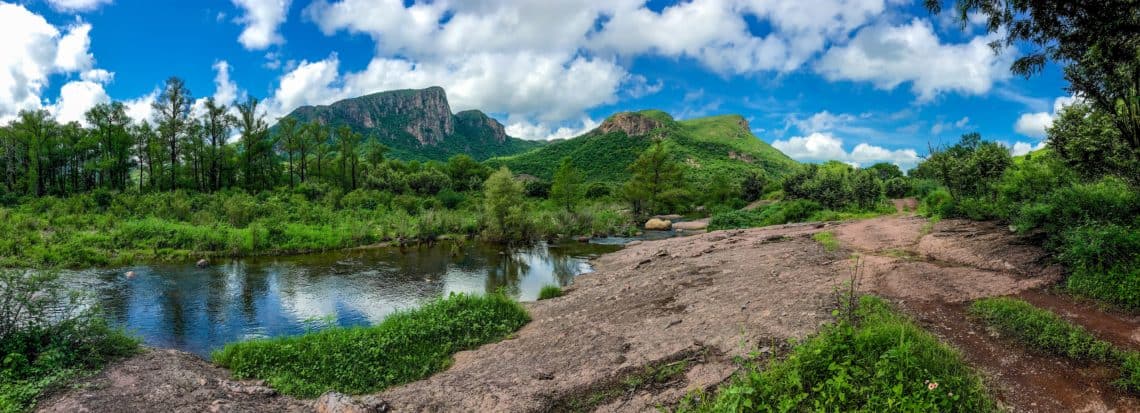By Lydia Lozano Ángulo, Coordinator for Nature and Culture International, Mexico
Globally, the dry tropical forest is one of the most threatened ecosystems. The main causes are soil conversion for developing primary production activities and the establishment of urban areas. Only 5% of the ecosystem is legally protected. This is why, 14 years ago, Nature and Culture International (NCI), a non-governmental organization, started its Mexico program by purchasing two ranches in the highlands of the Cuchujaqui River watershed, at 1600 m above sea level and in ecosystems that are perfect for the Acorn Woodpecker. Today, the project that started with only 1,200 ha is now Monte Mojino Reserve, 6,800 ha comprised of tropical deciduous forests, riparian forests, and pine-oak forests covering about 10% of the total area of the Cucujaqui River watershed. It is located in the western Sierra Madre, in Álamos, Sonora, within the Sierra de Álamos-Río Cuchujaqui federal natural protected area, just where the tropical dry forest meets its most northern adjacent range.
The main objective of this project is to protect the Cuchujaqui River watershed and its related ecosystems. Our long term goal is to be able to conserve 10,000 hectares of this important ecosystem.
Biodiversity and Research

 Álamos is home to more than two hundred species of birds, 1,200 species of vascular plants that include 48 species of orchids, about 50 species of reptiles, and 5 of 6 species of felines that occur in Mexico, including the jaguar. The reason why this area is so special is because it is where the neartic zone meets the neotropical zone, allowing the coexistence of species characteristic of both zones in the same place.
Álamos is home to more than two hundred species of birds, 1,200 species of vascular plants that include 48 species of orchids, about 50 species of reptiles, and 5 of 6 species of felines that occur in Mexico, including the jaguar. The reason why this area is so special is because it is where the neartic zone meets the neotropical zone, allowing the coexistence of species characteristic of both zones in the same place.
Studies within the reserve have allowed us to learn more about this diverse ecosystem, from new plant species to a new species of desert tortoise. The knowledge about the use of the ecosystem by migratory birds during monsoons, during winter seasons, as well as the use of the habitat for breeding by residents has also increased.
For seven years we have been part of a global effort known as the Christmas Bird Count. This has allowed us to generate data related to winter migratory birds, as well as record the presence of several resident birds. The information about bird residency started originally in 2014 when the Sonoran Joint Venture and the US National Park Service provided support to NCI. With guidance form the Tucson Audubon Society, we started monitoring breeding birds in the reserve. Until then, we only knew the species of birds existing within the reserve, but did not know anything about their life cycles, especially breeding. One of the most interesting discoveries resulting from these studies is that the area is particularly important for cavity-nesting birds, especially within dry trees. In the past dry trees where considered dangerous for their tendency as fuel in case of forest fires, but we now know that they are important sites for about 35 species of cavity-nesters. Many of these species are of regional and global concern for the SJV, and endangered in Mexico.
Next year, with funding from the SJV and in collaboration with researchers from the region, we will start a more in-depth study regarding habitat uses and requirements of cavity-nesters in Monte Mojino Reserve. We will be able to create management policies supported by science that will guarantee birds a suitable place for breeding, as well as those species related to the ecosystem.
Community, Education, and Birds

NCI is aware that without the support from local communities the Monte Mojino Reserve project will not be successful in the long term. This is why we have started a joint community and environmental education program. Rural communities participate in a project where their traditional embroidery depicts the regional flora and fauna, especially the bird species that dwell in their communities and in the reserve.
We have been able to engage youth in regional bird awareness, thanks to the Donate the Guía and Optics for the Tropics programs, we arrange hikes with children that participate in our Ecoclub program, both in Álamos and in rural communities.
The creation of a comprehensive program that considers all stakeholders impacting the conservation of this ecosystem is what inspires us every day.

